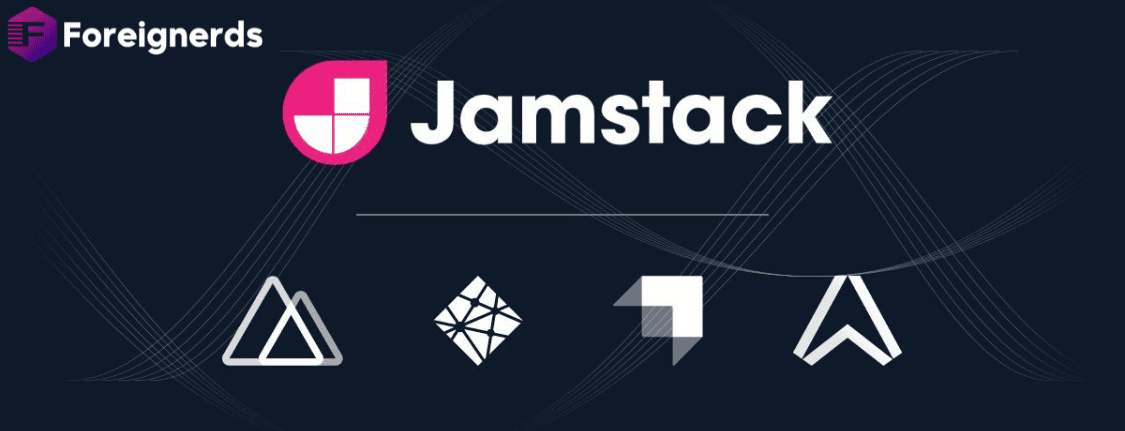- Home
- Design and Development
- Jamstack has matured

The Exciting Beginning of Jamstack
In the early days, Jamstack was an exciting concept with promises of speed, open-source simplicity, and free hosting.
The Rise and Fall of Jekyll
Once a prominent Static Site Generator (SSG), Jekyll has lost its luster. GitHub’s decision to freeze its Jekyll version has left it in a precarious state.
The Shift from Free Hosting
The initial allure of free hosting for Jamstack websites has evolved into a more complex and costly landscape, driven by VC-driven companies seeking to recover their investments.
The Expensive Reality of CMS Systems
From Prose.io to Netlify CMS, the availability of free Content Management Systems (CMS) for Jamstack websites has dwindled, with most options turning to paid models.
The Speed Dilemma
Jamstack websites, once known for their blazing speed, are no longer guaranteed to deliver high performance in Google Lighthouse due to the prevalence of JavaScript-heavy SSGs and Single Page Applications (SPA).
Jamstack’s Evolution
The Jamstack has matured, and with that evolution, the initial fun of fast, free, and open-source websites has given way to a landscape characterized by cost and complexity.
Jamstack’s Evolution: From Enthusiastic Beginnings to a Costly Reality
In the early days of Jamstack, the development of Static Site Generators (SSGs) like Jekyll brought excitement to the web development community. These SSGs were simple, open-source, and offered free hosting options on platforms like GitHub. The result? Blazing fast websites that consistently scored high in Google Lighthouse audits. With a variety of free Content Management System (CMS) options to choose from, the future of Jamstack appeared promising.
Jekyll was a central player in the Jamstack ecosystem, known for its simplicity and open-source nature. However, over time, Jekyll lost a critical developer, and GitHub made the decision to freeze its Jekyll version. Without the support of GitHub, there seemed to be little incentive to create new versions of Jekyll. As a result, Jekyll lost its status as a future-proof SSG.
In the early days, many venture capital (VC)-driven companies, including Netlify, embraced the Jamstack. However, the landscape has since changed. These companies are now looking to recover their investments, and the era of free hosting has come to an end. While you can still use Jekyll on GitHub for free, the absence of new features and Microsoft’s acquisition of GitHub have made this solution less future-proof. Other hosting options have also seen price hikes, moving away from cheap, all-inclusive packages and free static hosting. The popular virtualization strategy has contributed to frustratingly slow build times, with deployments often taking over two minutes.
Previously, Jamstack developers enjoyed a multitude of free CMS options, such as Prose.io, CloudCannon, Forestry, and Netlify CMS. However, the landscape has evolved significantly. Prose.io’s last release dates back to 2014, leaving it largely stagnant. CloudCannon, which initially supported only Jekyll, has expanded to various SSGs but introduced a starting price of $45 per month. Forestry has remained without active development for years and is set to be replaced by Tina, a visual CMS, which may lead to the removal of their free tier. Netlify, the originator of the “Jamstack” term, has discontinued its free CMS in favor of promoting Contentful, a high-priced alternative.
One of the core advantages of Jamstack websites was their exceptional speed, as reflected in high Google Lighthouse scores. However, this speed advantage has diminished due to the emergence of new SSGs that heavily rely on JavaScript. The increased popularity of Single Page Applications (SPAs) has contributed to this trend. Originally, SPAs were instrumental in the development of Progressive Web Apps (PWAs), which bolstered their popularity. However, SPAs are now frequently used in cases where they may not be the most appropriate choice.
The Jamstack has undoubtedly evolved over the years, transitioning from an exciting and fun concept to a more complex and cost-driven environment. While the early days of Jamstack offered fast, free, and open-source web development, the landscape today revolves around financial considerations, leaving many to wonder where the initial excitement has gone. As Jamstack has grown up, it has become more about the money than the fun.
© 2013 - 2024 Foreignerds. All Rights Reserved